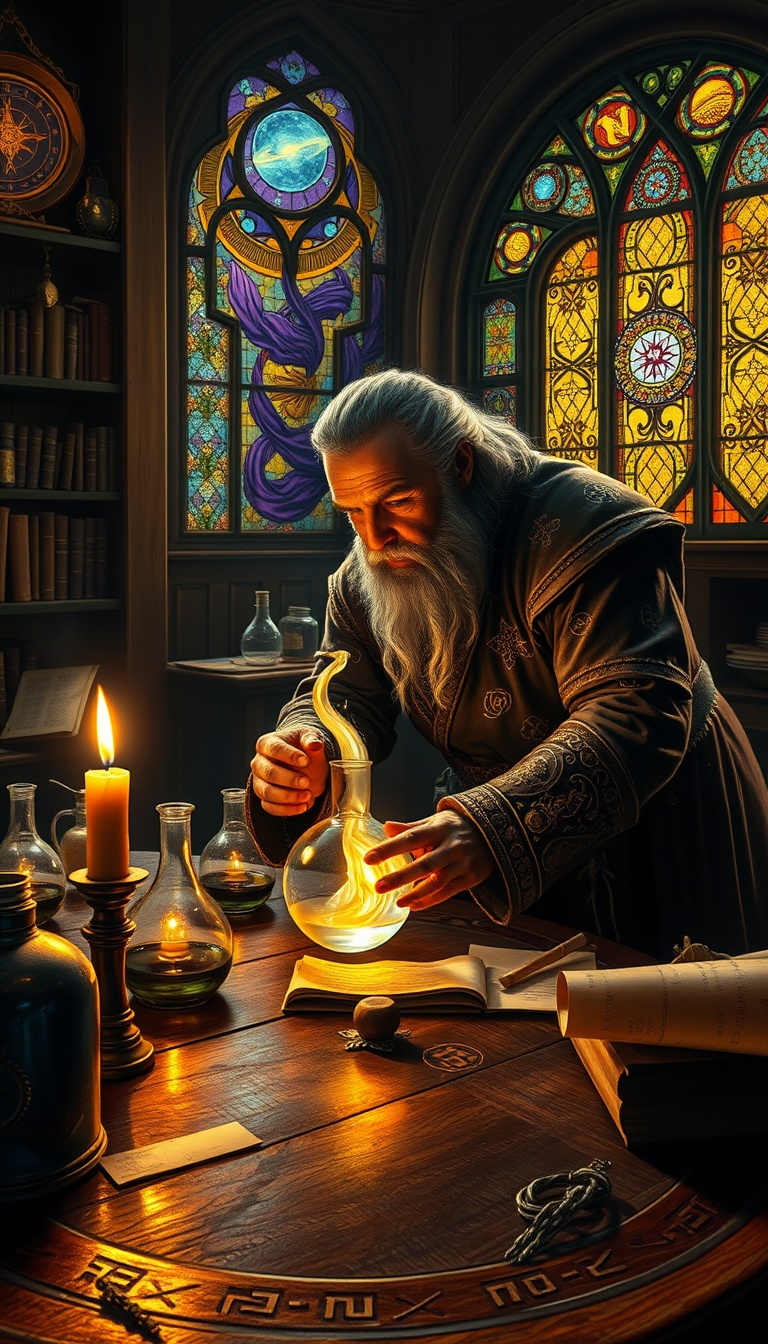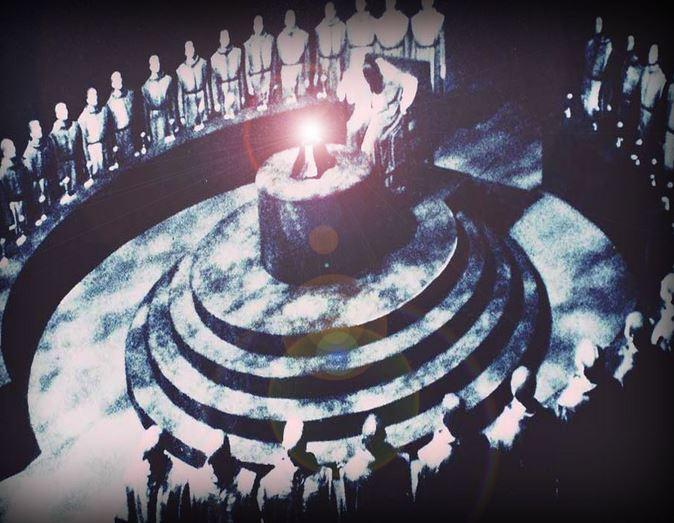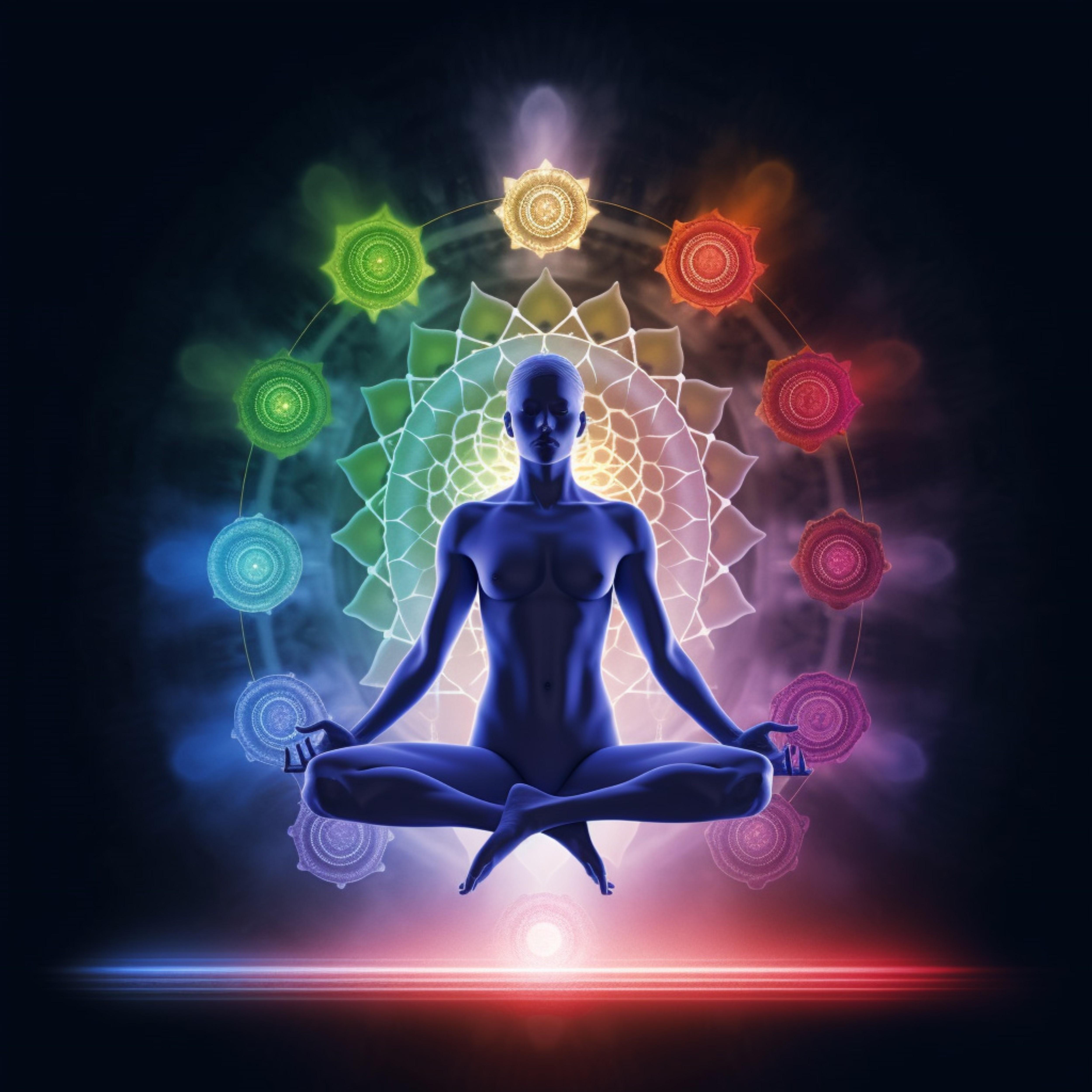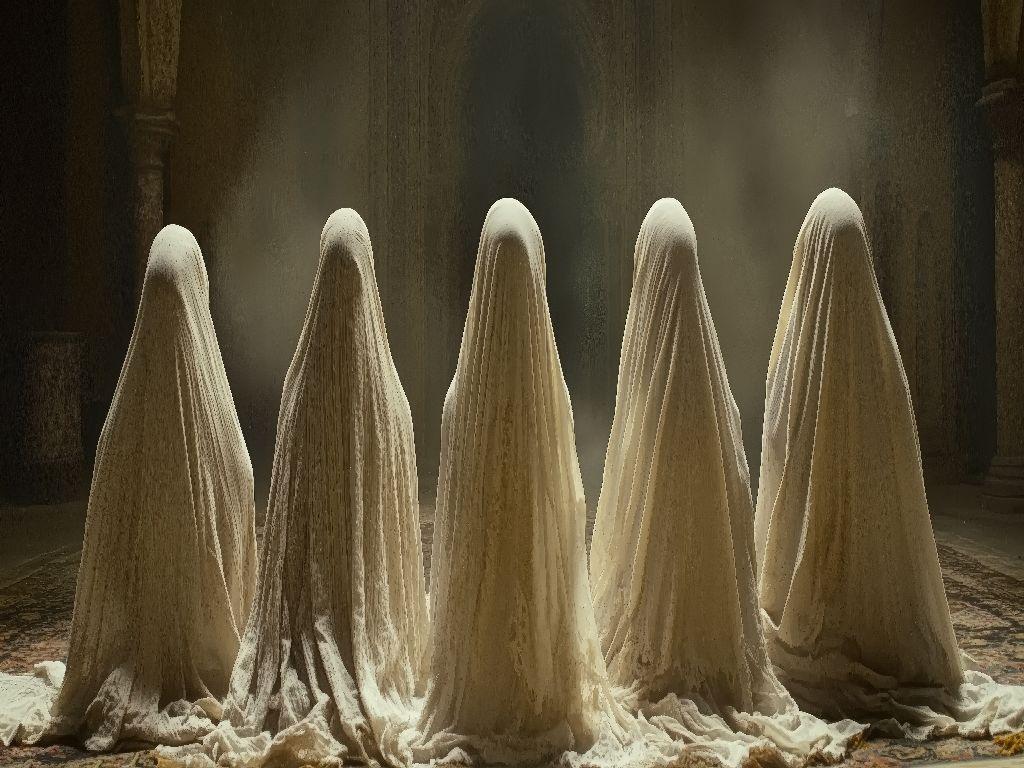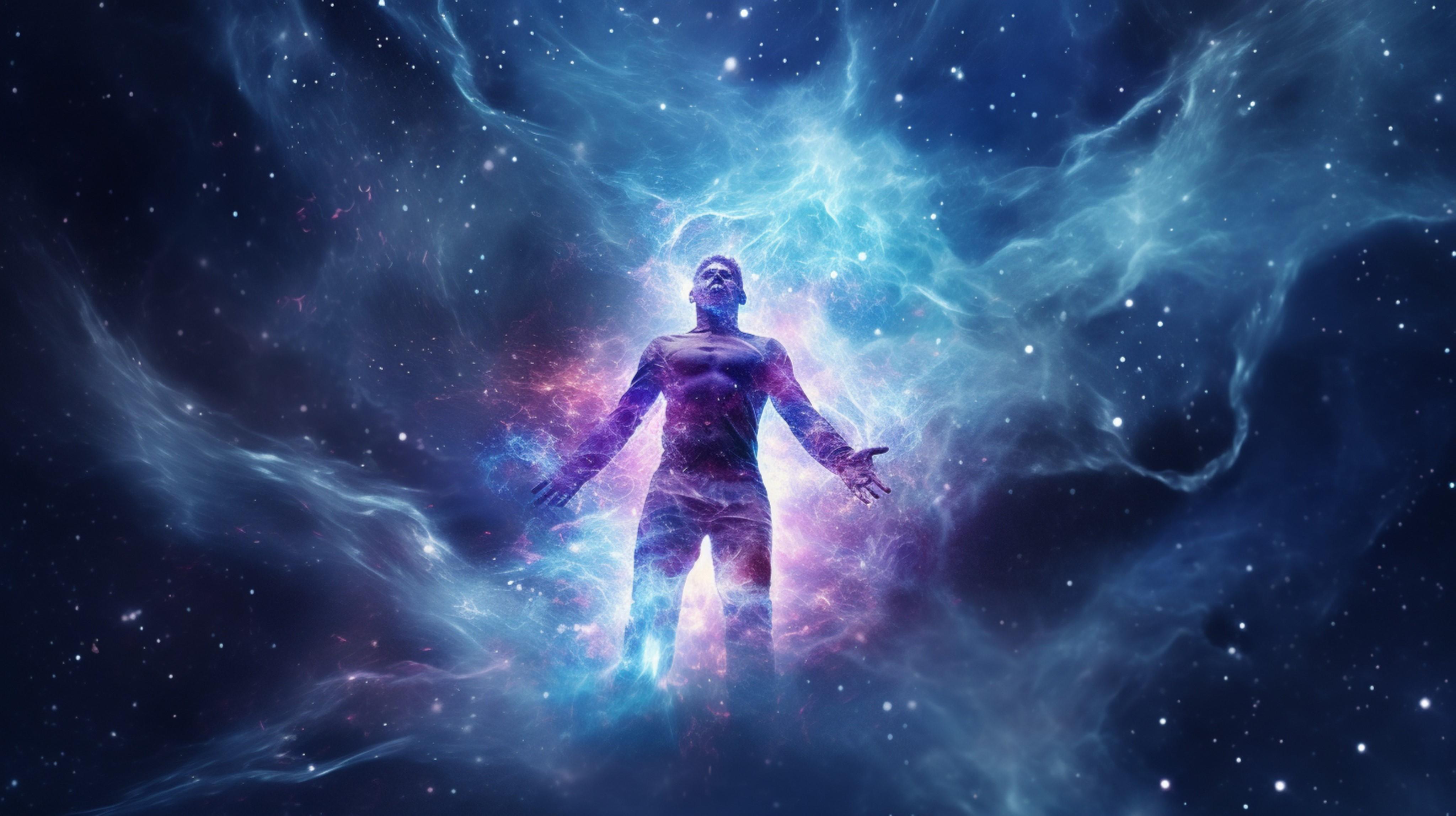Golden Dawn
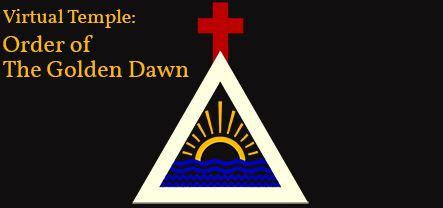
1. Hermetic Order of the Golden Dawn
A late 19th–early 20th century secret society devoted to the study and practice of the occult, metaphysics, and paranormal activities. It was a major influence on modern Western esotericism, and notable members included Aleister Crowley, W.B. Yeats, and Florence Farr. It focused on:
-
Ritual magic
-
Kabbalah
-
Alchemy
-
Astrology
-
Tarot
2. Golden Dawn (Greek political party)
A far-right ultranationalist political party in Greece, founded in the 1980s. It gained significant notoriety in the 2010s for its:
-
Neo-Nazi ideology and symbolism
-
Violent rhetoric and criminal activities
-
Legal crackdown: In 2020, the party's leadership was convicted of operating a criminal organization.
3. Music and Literature
-
Bands/Artists: Several music groups have used "Golden Dawn" as a name, spanning genres like black metal and psychedelic rock.
-
Songs: Various songs titled "Golden Dawn" exist across different genres.
-
Books: Some esoteric or fantasy novels also bear the name.
🌟 Origins and History
➤ Founding (1887–1888)
-
The Golden Dawn was founded in London by William Wynn Westcott, Samuel Liddell MacGregor Mathers, and William Robert Woodman.
-
Westcott claimed to have discovered a mysterious cipher manuscript and corresponded with a supposed German adept, Fräulein Anna Sprengel, who authorized him to establish a temple in England.
-
The first temple was called Isis-Urania Temple No. 3, officially formed in 1888.
➤ Structure
-
Based on a Masonic-style hierarchy and degrees of initiation.
-
The system was broken down into three main Orders:
-
Outer Order (Golden Dawn) – Basic initiations, elemental magic.
-
Second Order (Rosae Rubeae et Aureae Crucis) – Inner teachings, advanced rituals.
-
Third Order (Secret Chiefs) – Alleged spiritual beings or enlightened humans guiding the order.
-
➤ Decline
-
By the early 1900s, internal conflicts (especially between Mathers and other leaders like W.B. Yeats) fractured the group.
-
Aleister Crowley’s controversial involvement also stirred drama.
-
Several splinter groups emerged (e.g., Stella Matutina, Alpha et Omega, Builders of the Adytum).
🔮 Key Practices of the Golden Dawn
1. Ritual Magic
-
The heart of the Golden Dawn’s work.
-
Based on Hermetic Qabalah, astrology, alchemy, and theurgy.
-
Initiates performed rituals like the Lesser Banishing Ritual of the Pentagram (LBRP) to purify and protect their space.
2. Ceremonial Initiations
-
Each grade involved a ritual initiation with dramatic symbolism.
-
Grades were aligned with the Tree of Life from the Qabalah and associated elements.
3. Study and Memorization
-
Members were expected to study symbolism, geometry, mythology, and esoteric texts.
-
Subjects included:
-
Kabbalah
-
Alchemy
-
Tarot
-
Astrology
-
Geomancy
-
Egyptian and Hermetic philosophy
-
4. Pathworking and Visualization
-
A practice of using guided meditation or astral travel to explore the Tree of Life or other mystical symbols.
-
Helped develop clairvoyance and spiritual awareness.
5. Tarot and Symbolism
-
The Golden Dawn helped formalize the symbolic system now standard in many Tarot decks.
-
Members like A.E. Waite and Pamela Colman Smith would later create the famous Rider-Waite-Smith deck.
6. Elemental Magic
-
Deep study of the classical elements: Earth, Air, Fire, Water.
-
Each associated with tools (Pentacle, Dagger, Wand, Cup), spiritual beings, colors, and rituals.
🧠 Famous Members
-
Aleister Crowley – Occultist and founder of Thelema (joined in 1898).
-
W.B. Yeats – Irish poet and Nobel laureate.
-
Dion Fortune – Occultist, founder of the Society of the Inner Light.
-
Florence Farr – Actress, feminist, and magician.


